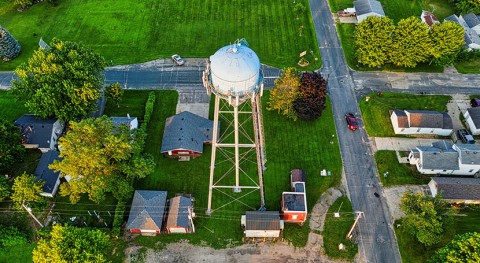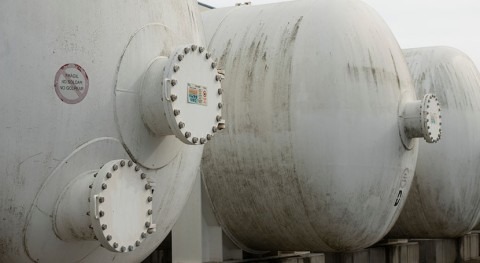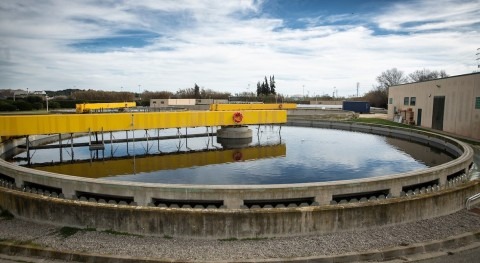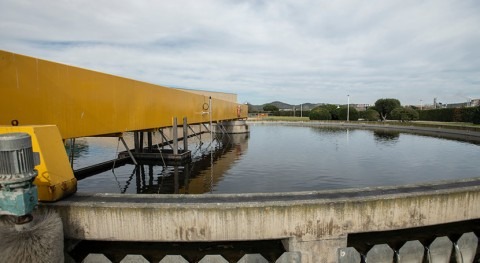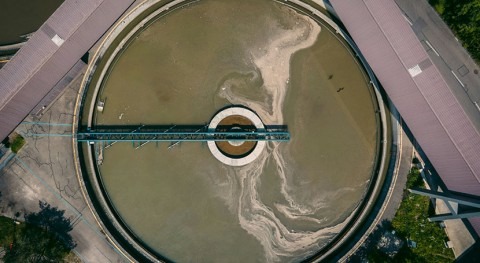As the United States overtakes Italy as the worst-hit country by the novel coronavirus pandemic with over 28,000 deaths, researchers at the University of Arizona Water and Energy Sustainable Technology Center test wastewater across the country, from California to New York, to monitor the incidence of SARS-CoV-2, the virus that causes Covid-19. Their main aim is to trace the prevalence in communities and aid public health officials to better prepare for the future.
Sewage surveillance is currently being used in numerous countries, including The Netherlands, Switzerland and Sweden, to determine if the virus is present in a specific community or region, even if residents are asymptomatic. It also ensures the effectiveness of a municipality’s wastewater treatment.
For decades, sewage monitoring programs have been used by environmental microbiologists to study pathogenic viruses.
The University of Arizona is experienced in coronavirus research. In 2008, a study by WEST scientists measured the survival of coronaviruses in water and wastewater and discovered that: “Coronaviruses die off very rapidly in wastewater, with 99% reduction in 2-3 days. Survival of the coronaviruses in primary wastewater was only slightly longer than secondary wastewater, probably due to the higher level of suspended solids that offer protection from inactivation.”
During an interview with Ian Pepper, director of the WEST Center, he said that the University had already detected the virus in raw sewage, but not after secondary treatment. When asked if wastewater could be a vector for the transmission of the coronavirus, Pepper replied saying that based on the study carried out in 2008 “wastewater is unlikely to be a vector for transmission of the virus.”
Different methods are being used to detect SARS-CoV-2 in wastewater. In the UK, the Cranfield Water Science Institute is, for example, employing rapid testing kits using paper-based devices. Meanwhile, researchers at the University of Arizona Water and Energy Sustainable Technology Center are using Quantitative Reverse Transcriptase Polymerase Chain Reaction (qRT PCR) which gives a presence/absence result; and a cell culture, which determines infectivity.
We were also curious to learn whether testing wastewater for the coronavirus SARS-CoV-2 was more efficient than the traditional testing methods according to Ian Pepper. He replied: “Traditional testing methods for individuals and testing wastewater provide very different information. The former gives an indication of the extent of the pandemic within a community, with a sensitivity of detection of one infected individual within 10,000 individuals. Traditional testing tells you whether a specific person (you!) is infected with the virus.”
The University of Arizona is in touch with other universities doing similar work, as well as the Centers for Disease Control and Prevention (CDC) that recently affirmed that “the virus that causes COVID-19 has been detected in the feces of some patients diagnosed with COVID-19. The amount of virus released from the body (shed) in stool, how long the virus is shed, and whether the virus in stool is infectious are not known.
“The risk of transmission of the virus that causes COVID-19 from the feces of an infected person is also unknown. However, the risk is expected to be low based on data from previous outbreaks of related coronaviruses, such as severe acute respiratory syndrome (SARS) and Middle East respiratory syndrome (MERS). There has been no confirmed fecal-oral transmission of COVID-19 to date.”
The U.S. Centers for Disease Control and Prevention also said that COVID-19 is a new disease, and there remains a great deal to learn regarding transmission, the severity of the illness it causes, and to what extent it may spread in the United States
Studies like this one can help provide an effective and rapid way to predict the potential spread of novel coronavirus pneumonia (Covid-19). The WEST Center hopes to correlate viral concentrations in sewage with recorded numbers of infections to help public health officials better prepare for the future.








